Description :
Introduction: The CROP RESEARCH (CR) is a scholarly journal owned by the "Agricultural Research Information Centre (ARIC)", Hisar, India. On behalf of ARIC, this journal is published by the Gaurav Publications (Regd.), Hisar, India. It publishes peer reviewed original research and review articles related to Agronomy, Crop Science and Soil Science. It also focuses on crop disease and protection. Articles demonstrating new methods and technologies are welcomed. It provides a valuable platform for researchers, scientists, students and experts to share innovative research. CR is led by eminent Editors and Reviewers who thoroughly review all submissions. Publication of Regular Issues: The CR is subscription based and regularly published online and print versions. The articles are published in partial open-access format, which means that the abstracts of all published articles are feely available for unlimited access. The PDFs of completely published articles are archived on the website for online purchase. It is published bimonthly and its’ regular three issues are published in the months of March (No. 1 & 2), July (No. 3 & 4) and November (No. 5 & 6). Publication of Special Issues: The CR welcomed the proposals for special issues on the topics that fall under the scope of the journal. Special Issues should be organized by experts in the field of interest and attract high quality articles. The interested researchers should submit a proposal to the journal’s editorial office. The proposal should include Title, aims and scope, list of guest editors, including their names, affiliations and brief biography of each guest editor, submission deadline, first round of review and publication date. All proposals for special issues should be forwarded to the journal’s editorial office (info@gauravpublications.com) for approval by the Editorial Board members. Once proposal is accepted, a call-for-papers will be posted on the journal’s website. To ensure the success of a Special Issue, a minimum of 15 manuscripts are required for publication. Guest Editors are required to manage the peer-review process of the submitted manuscripts. Guest Editors will need to read and review manuscripts thoroughly for the selection and recommendation of suitable articles for publication in the Special Issue. Indexed in: 1. NAAS (National Academy of Agricultural Sciences, New Delhi) Score 2025: 4.09 2.WoS/Clarivate additional data base: BIOSIS Previews & Biological Abstracts 3.UGC Approved (included in UGC CARE list) 4.Scopus Q3, SJR 2024: 0.2 Article Processing Charges (APCs) Authors are required to pay APCs for accepted papers @ Rs. 1200/- (Indian authors) and US $ 100/- (Other countries) per single side printed page of an article. Discount up to 20% in APCs is allowed to needy Indian students. Authors from SAARC Countries (Afghanistan, Bangladesh, Bhutan, Maldives, Nepal, Pakistan and Sri-Lanka) and Low-Income Countries (Burkina Faso, Burundi, Central African Republic, Chad, Congo, Dem. Rep., Eritrea, Ethiopia, Gambia, Guinea-Bissau, Korea North, Liberia, Madagascar, Malawi, Mali, Mozambique, Niger, Rwanda, Sierra Leone, Somalia, South Sudan, Sudan, Syrian Arab Republic, Togo, Uganda and Yemen, Rep.) are eligible for maximum 50% discount in APCs. Archiving: In case the journal is no longer published, the electronic backup of articles will be accessed via Pub Med Central.
Subjects Covered: (1) AGRONOMY: including Soil health, Sustainable agriculture, Pest and disease management, Innovative cropping systems, Farming sustainability, Precision and digital agriculture, Nutrient management, Tillage, Water management, Water conservation, Weed management; (2) CROP SCIENCE: covering Crop physiology, Crop protection, Crop nutrition, Crop sustainability, Crop biotechnology: Crop biodiversity, Postharvest management; (3) FORESTRY: including Forest ecology, Forest management, Forest conservation; (4) HORTICULTURE: covering Floriculture, Pomology: Olericulture: Viticulture: Arboriculture, Landscape horticulture, Controlled environment horticulture, Postharvest physiology, management and technology, Weed management in horticultural crops; (5) PLANT SCIENCE: covering Plant ecology, Plant genetics, Ethnobotany, Plant breeding, Plant pathology.
Indexing Services: Scopus Q3, SJR 2024: 0.2, Web of Science/Clarivate additional data base: BIOSIS Preview & Biological Abstracts, EBSCO, Indian Citation Index, DRJI, Research Gate, Google Scholar, Scientific Indexing Services (SIS), Journal Guide, etc. All published articles are assigned with Digital Object Identification (DOI) number.
Aims :










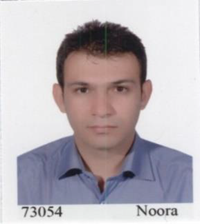

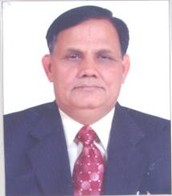

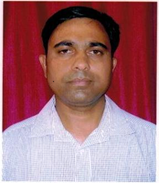


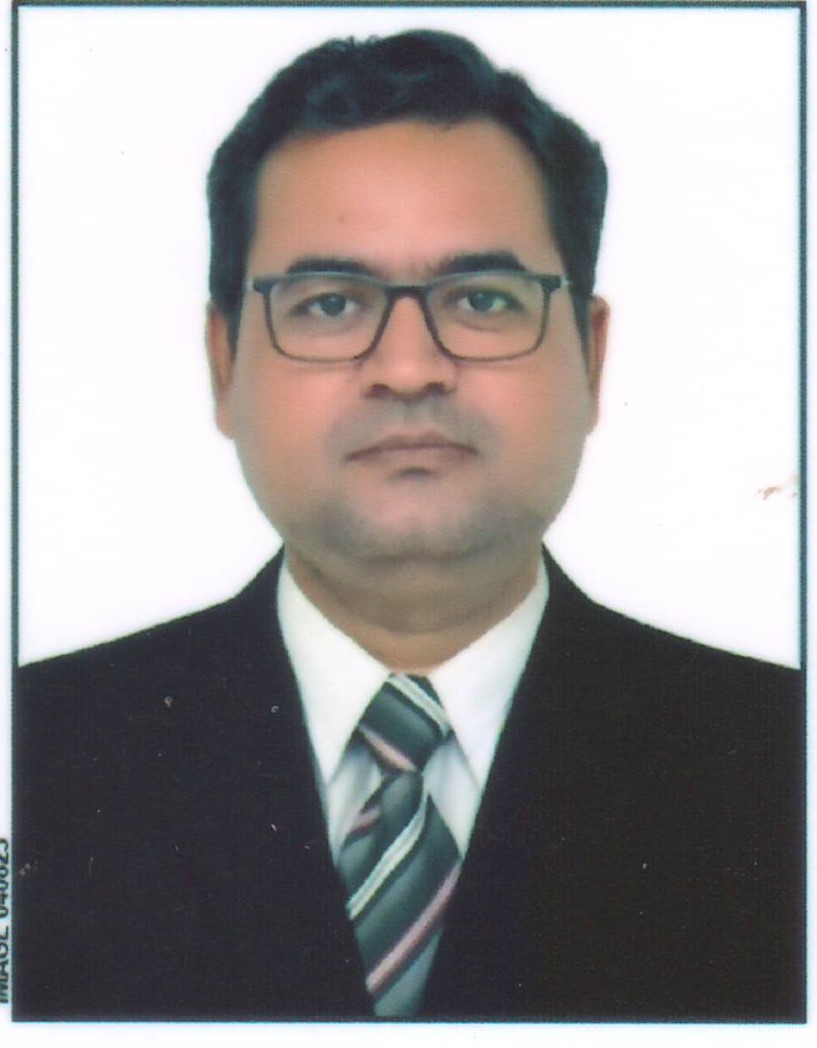

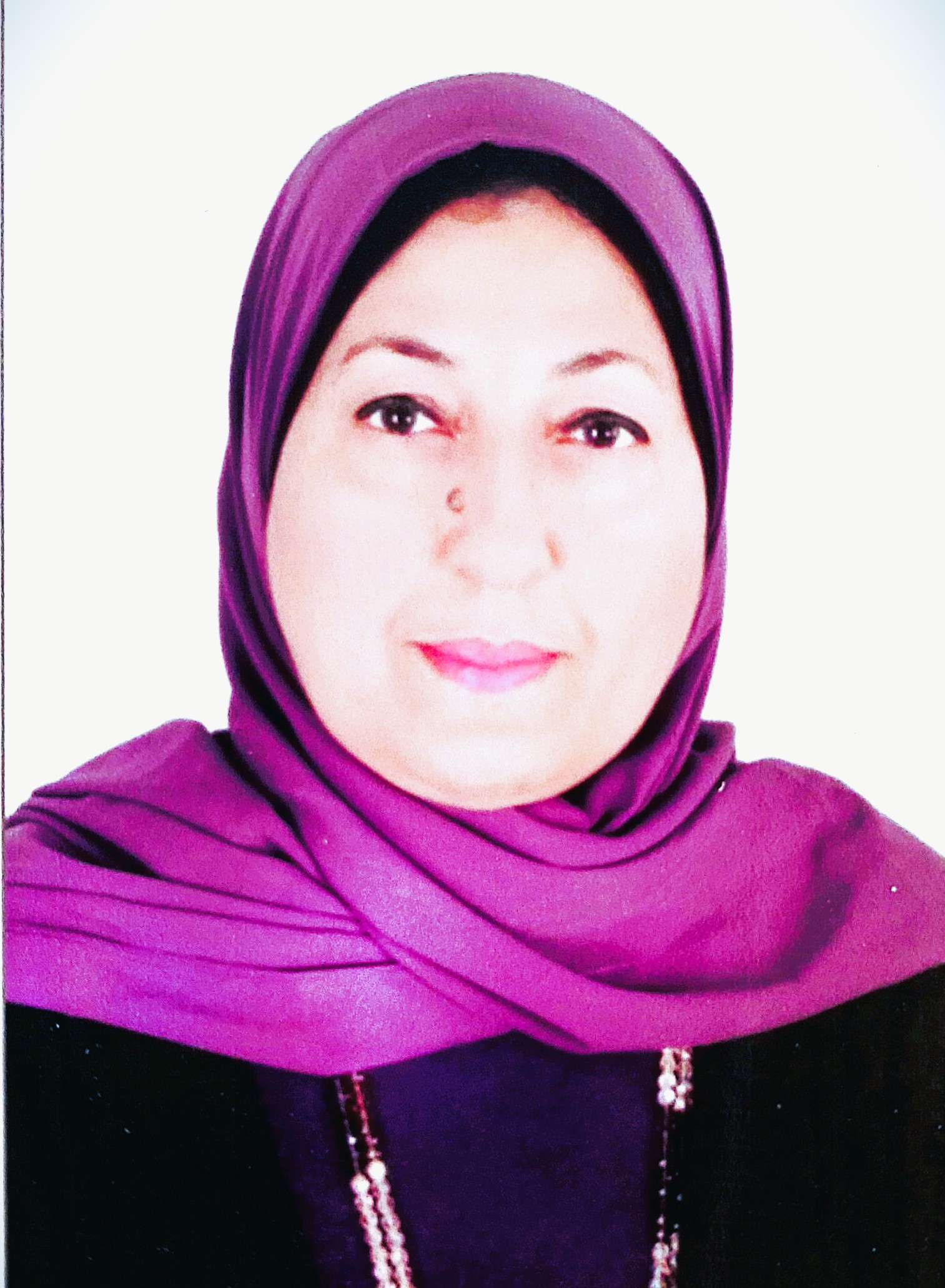



Author Guidelines
Submission
Terms of submission
Peer review
Concurrent submissions
Article Processing Charges (APCs)
The journal is subscription based. The APCs apply on the accepted articles for publication in the designated journal.
1.Crop Research: No processing charges. However, authors are required to pay APCs for approved and/or accepted papers @ Rs. 1200/- and US $ 100/- per single side final printed page of an article for Indian and foreign authors, respectively. Total APCs are calculated on the basis of number of printed pages in an article. Discount of 10% in APCs is allowed to needy and those Indian and foreign bonafide students who are the sole or first author of the paper. Students seeking discount in APC are required to provide a copy of their students' ID card. Authors from SAARC Countries (Afghanistan, Bangladesh, Bhutan, Maldives, Nepal, Pakistan and Sri-Lanka) and Low-Income Countries (Burkina Faso, Burundi, Central African Republic, Chad, Congo, Dem. Rep., Eritrea, Ethiopia, Gambia, Guinea-Bissau, Korea North, Liberia, Madagascar, Malawi, Mali, Mozambique, Niger, Rwanda, Sierra Leone, Somalia, South Sudan, Sudan, Syrian Arab Republic, Togo, Uganda and Yemen, Rep.) are eligible for maximum 50% discount in APCs.
2.Research on Crops: No processing charges. However, authors are required to pay APCs for approved and/or accepted papers @ Rs. 1500/- and US $ 120/- per single side final printed page of an article for Indian and foreign authors, respectively. Total APCs are calculated on the basis of number of printed pages in an article. Discount of 10% in APCs is allowed to needy and those Indian and foreign bonafide students who are the sole or first author of the paper. Students seeking discount in APC are required to provide a copy of their students' ID card. Authors from SAARC Countries (Afghanistan, Bangladesh, Bhutan, Maldives, Nepal, Pakistan and Sri-Lanka) and Low-Income Countries (Burkina Faso, Burundi, Central African Republic, Chad, Congo, Dem. Rep., Eritrea, Ethiopia, Gambia, Guinea-Bissau, Korea North, Liberia, Madagascar, Malawi, Mali, Mozambique, Niger, Rwanda, Sierra Leone, Somalia, South Sudan, Sudan, Syrian Arab Republic, Togo, Uganda and Yemen, Rep.) are eligible for maximum 50% discount in APCs.
3.Farming & Management: Neither processing charges nor APCs are applied for publication of articles in this journal. It is free to publish papers in this journal till December 2025.
SCOPE OF JOURNALS:
Crop Research: The scope of this journal is to publish articles on basic and applied aspects of the following subjects/topics: (1) AGRONOMY: including Soil health, Sustainable agriculture, Pest and disease management, Innovative cropping systems, Farming sustainability, Precision and digital agriculture, Nutrient management, Tillage, Water management, Water conservation, Weed management; (2) CROP SCIENCE: covering Crop physiology, Crop protection, Crop nutrition, Crop sustainability, Crop biotechnology: Crop biodiversity, Postharvest management; (3) FORESTRY: including Forest ecology, Forest management, Forest conservation; (4) HORTICULTURE: covering Floriculture, Pomology: Olericulture: Viticulture: Arboriculture, Landscape horticulture, Controlled environment horticulture, Postharvest physiology, management and technology, Weed management in horticultural crops; (5) PLANT SCIENCE: covering Plant ecology, Plant genetics, Ethnobotany, Plant breeding, Plant pathology.
Research on Crops: This journal publishes the articles covering the basic and applied aspects of the following subjects/topics: (1) AGRONOMY: includes Sustainable agriculture, Pest and disease management, Innovative cropping systems, Farming sustainability, Precision and digital agriculture, Nutrient management, Tillage, Soil health, Water management, Water conservation, Weed management; (2) CROP SCIENCE: covering Crop physiology, Crop protection, Crop nutrition, Crop sustainability, Crop biotechnology: Crop biodiversity, Postharvest management (3) SOIL SCIENCE: includes Soil genesis and classification. Soil physics, Soil chemistry, Soil biology, Soil fertility, Soil erosion and conservation, Soil mapping and remote sensing, Soil pollution and remediation, Soil management and land use, Soil-plant interactions and relationship between soil properties and plant growth, including nutrient uptake, water relations, and the impact of soil health on crop production.
Farming & Management:
In this journal the articles written on the basis of laboratory and field studies are published on topics/ subjects covered under agricultural sciences including: Applied aspects of agricultural engineering, agronomy, horticulture, forestry, crop protection, plant breeding & genetics, plant protection, soil and water management, bio-technology, applied aspects of bio-resource engineering, agricultural economics, human nutrition and dietetics, animal sciences, social sciences including environmental pollution and allied agricultural research to preserve and conserve bio-diversity and natural resources
Types of Articles
The journals will consider the following types of articles:
Research Articles
Review Articles
Send a manuscript in one file only including Text, Tables and Figures. Total size of Word file must be less than 1 MB in size.
Formatting of the Manuscript
Manuscripts should be typed in English and include line numbers. Follow the following structure of the manuscript.
Manuscript Title
Manuscript Short Title
Full Author Names
Full Institutional Mailing Addresses
Email Addresses
Abstract
Key words
Introduction
Materials and Methods
Results and Discussion
Conclusion
Conflicts of Interest
Funding Statement
Acknowledgments
References
Research papers:
Book:
Book chapter:
Thesis:
Date Formatting
Units of Measurement
Preparation of Figures
Preparation of Tables
Galley Proofs
Copyright and Permissions
Submitting authors should declare that:
MANUSCRIPT SHOULD MEET THE FOLLOWING REQUISITE CRITERIA FOR FASTER PUBLICATION:
Click here for Templates for preparing the Manuscript.
|